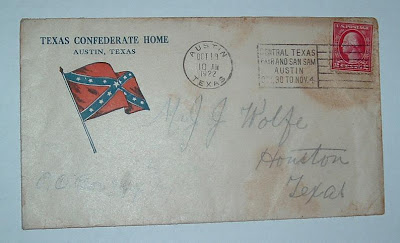
Anyone with a passion for books, particularly rare antiquarian books, would enjoy Kraus' tale of a rising bookman in pre-War Vienna, Nazi concentration camp survivor, immigrant to America, and the most prolific bookseller of the latter half of the twentieth century. His autobiography is a Who's Who of bibliophiles over the last century, as well as a valuable reference for the provenance of certain incunabula and illuminated manuscripts (his specialty).
In one of the later chapters, A Constitution Bought, a Declaration Lost, Kraus muses on the recent prices paid by he and others for choice Americana documents, which were outside his specialty. Specifically, the U.S. Constitution and the Declaration of Independence. The inconsistent nature of what fetches how much at which auctions and what can be recouped through private collectors gave Krause pause to invoke the Latin Habent sua fata libelli. I liked the sound of that, and although Kraus parenthetically inserted a definition (Every book has its own price), I still wanted to research the idiom for further clarification.
That led me to Lorcan Dempsey's Weblog: On libraries, services and networks, and an entry dealing with the aura of a book and its copies in the age of digitization and mechanical reproduction. The Latin quote pops up here and is attributed to Walter Benjamin in his essay, Unpacking My Library, from Illuminations. Of course, I had to go research Benjamin, whom I'll likely write about later, but a quick Wikipedia moment produced this:

A German-Jewish Marxist literary critic, essayist, translator, and philosopher, who died either by suicide or murder while fleeing the Nazis in an attempt to emigrate to the United States.And now a copy of his Illuminations is going to meet its fate with me.
But a few variants of Kraus' Latin interpretation are presented here on Lorcan Dempsey's weblog: Every book has its fate and, with a collector's twist, books and their copies have their fates. Is it Benjamin's style or reputation (unfamiliar to me) behind the quote or the actual quote itself that render the collective words so malleable as to cause these variations in definition? Perhaps the phrase itself, with a strategic word substitution, would have its own fate (relative to its user, of course).
Now to Ilan Stavans memoir, a book I bought while out scouting the other day. The title caught my eye and the jacket write-up made the sale. This one will go into my personal collection, at least for awhile (Habent sua fata libelli). Briefly, the author's family were Eastern European Jews who emigrated to the Jewish ghetto of Mexico City. That in itself produced a double-take from me. Mexico City has/had a Jewish ghetto? Stavans later moved to the United States (NY) and Israel. He has claimed Yiddish, Spanish, Hebrew, and English as his primary language at one time or another. Hence, the title of his memoir. This book will warrant a separate blog entry at some point, but suffice it to say that the opening paragraph created for me something to think about with respect to my collection of books and how it has evolved.

In Chapter One, Mexico Lindo, Stavans packs his library, preparing to move from his New York City apartment to somewhere outside the city. He contemplates his collection and how it has evolved from the few books he brought with him from Mexico ten years earlier. This informal analysis summons comparisons with how his life has evolved during that same period of time--everything from the books he acquired to the nuances of how those books shared his living space. Then he invokes the biblio-essayist Benjamin:
Walter Benjamin was right when he claimed that a real library is always impenetrable and at the same time unique. My success in America would come when I would once again have a plentiful library, personal in the complete sense of the word, i.e., built on caprice.
With this reference to Benjamin, I recognized a bridge back to Kraus. Scanning the last few chapters of A Rare Book Saga, I found the quote again and smiled at Kraus' interpretation that "every book has its price." Of course a bookseller would put that spin on it!
So several themes threaded their way into my reading and opened a few more windows of discovery into bibliophily and philosphy. From Jewish immigrants to bookish immigrants to migrating libraries and collections of books, anything and everyone, it appears, all have their fates.













































